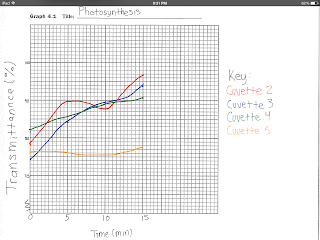Starfish Dissection
The Plycocic Checa is the digestive glands that are found running down the arms of the starfish. they help to break down the food it eats.
water enters the starfish through the madreporite located next to the central disk.
the water that has entered the ring canal and then flows through the rest of the body through the lateral canal.
The mouth is found on the bottom of the starfish and so are the tube feet. the tube feet allow the starfish to move, by pushing water into the feet and filling them up which then makes it so it can move around.
at one cut off the tip.
at 2 cut down the center of the stars arm
at 3 cut out the circular disk
Earthworm Dissection
External Anatomy:
The earthworm appears very simple and plain to the naked eye, but when looked at up close, it’s very detailed and intricate. When looked at from a distance, the first thing noticed on the body is the clitellum. It is almost like a swollen part of the worm on it’s dorsal surface. The clitellum is responsible for secreting a mucus sheath which surrounds the worm while mating and creates a cocoon for the fertilized eggs. The anterior portion is a lot more flattened which allows it to drag itself more efficiently. On the dorsal side of the worm there are many bristle like spines called setae which almost allow the worm to carve through the ground and dirt. Extending from the clitellum we also have pores which can act as male or female genitalia.
Internal Anatomy:
Many would think that the earthworm is nothing special and just a long tube like simple creature. From the outside it appears to be true, but when looking at the internal anatomy it’s the complete opposite. Digestion begins in the oral cavity with the mouth and buccal cavity. The esophagus follows the pharynx and leads in a crop which is a reserve stomach. Posterior to the crop is the gizzard, which is a muscular organ responsible for churning the soil and ground ingested by the worm. The large intestine follows the gizzard in which the majority of digestion and absorptionccur. Whatever is not digested in excreted through the anus. 

Dissection:
Frog Dissection
1. Cut along the sides of frog's mouth in order to better see inside of frogs mouth
2. Turn the frog over and cut the frog along the red lines and use the pins to hold the skin of frog down
2. Turn the frog over and cut the frog along the red lines and use the pins to hold the skin of frog down
Frogs are amphibians and live on land and in the water. The frog has 2 external nares that allow it to breathe. The frog's tympani are its eardrums. It also has 2 eyes on the side of its face and each eye has 3 eyelids.
Inside the mouth there are vomerine teeth and maxillary teeth that help frogs capture prey.
Inside of the frog there is the stomach, which is where food is digested and broken down. The small intestine is the location where the nutrients from food are absorbed. The frog's liver produces bile which is used during the digestion process. The function of the pancreas is to help digestion by producing insulin. In a female frog, the ovary produces eggs that are later fertilized by a male frog's sperm.
Clam
External Anatomy:
A clam is surrounded by two hard shells made of calcium. the hinge ligament allows the clam to open and close. It is tough, but also pliable, in order to open as much as it needs. On top of the hinge the bump, called the umbo, is the oldest section of the clam. As the clam grows, it produces growth rings all over the shell.

Internal Anatomy:
The adductor muscles are used to close the shell in order for the clam to avoid predators. The muscular foot can reach outside of the clam and allow it to bury itself whenever needed. Without the mantle, the clam would not have protection. The mantle secretes calcium carbonate which is what forms the hard outer shell. On the inside there are also gills which serve a vital part. The gills allow the clam to obtain oxygen, and get food. The cillia on the gills create current which moves the water through the clam body. Also located inside are digestive glands which aid in digestion and gonads which play a major role in reproduction.




































